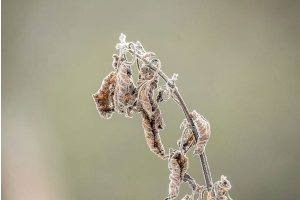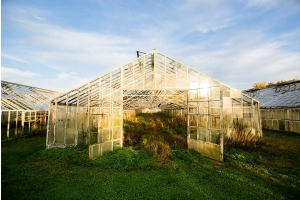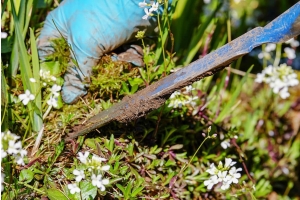Essential Guide to Plant and Lawn Disease Prevention
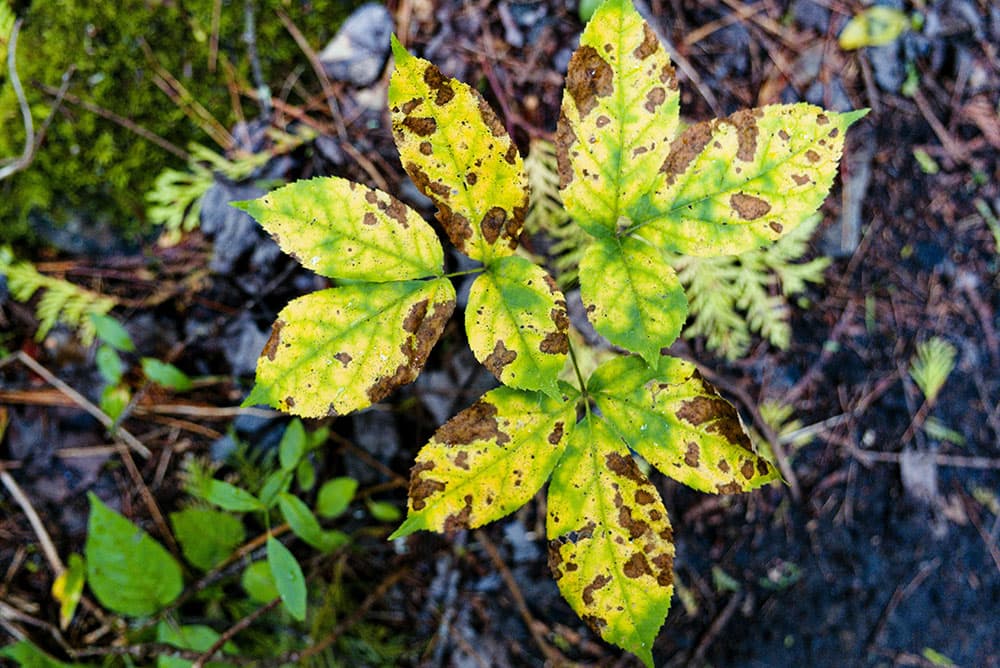
Plant and lawn diseases are the fastest way to compromise your garden in the UK. These pesky problems disrupt planting schedules and cause costly failures in outdoor projects. So, whether you're managing a professional nursery, a landscape installation, or a humble grower, it's worth knowing and reacting to the visible signs of plant disease. Left unchecked, these problems spread fast, affecting everything from bedding plants and shrubs to vegetable crops and turf.
This guide highlights the most common plant and lawn diseases in the UK, identifies early warning signs, and outlines proven prevention and treatment strategies trusted by professional growers across the nation.
Early Signs of Plant and Lawn Disease
While it may seem like an obvious tip, regularly inspecting your plants for disease is one of the easiest and most effective ways to prevent plant diseases. The earlier you catch them, the easier and cheaper they are to control.
Some common early signs include:
- Yellow, brown, or discoloured patches on leaves.
- Wilting or drooping foliage, unrelated to heat or underwatering.
- Mould or fungal growth on leaves, stems, or the soil surface.
- Stunted growth, misshapen leaves, or dieback.
- Flower failure.
- Rotting stems or roots, particularly in damp propagation areas.
Pro tip: Many plant diseases start out of sight, so ensure you're checking the underside of your leaves.
Common Early Signs of Lawn Disease
- Irregular, discoloured patches in turf.
- Slimy, white, or pink fungal growth.
- Patches of thinning or dying grass.
- Dark green rings or circles in otherwise healthy turf.
- Grass blades are stuck together by fungal threads or mycelium.
Lawn diseases such as Red Thread, Fusarium Patch, and Dollar Spot are common on UK lawns, particularly during periods of high humidity, overwatering, or poor drainage.
Pro tip: Regularly inspect high-traffic areas first - prime spots for early lawn disease development.
Common Plant and Lawn Diseases - Identification Guide
Okay, so you've checked out your plants and lawn and think you might have an issue. Let the experts at LBS help you identify the garden disease you might be dealing with.
Common Plant Diseases
Botrytis (Grey Mould)
Often found in damp conditions with poor ventilation, grey mould has the following:
Symptoms: Grey, fuzzy fungal growth on flowers, leaves, and stems.
Treatment: Remove infected materials immediately, as mould spores are easily dispersed. Carefully enclose the affected parts in a bag and remove them from the area where possible.
Prevention: Improve ventilation, avoid overcrowding, and keep water at soil level.
Powdery Mildew
This disease thrives in warm, dry conditions with poor air circulation.
Symptoms: White, powdery deposits on leaves, stems, and flower buds.
Treatment: Prune infected leaves and discard them in your green waste bin or dispose of them by burning. Heaping fungus-infected foliage on your compost heap only creates a repository for fungal spores, ready to reinfect your plants next spring.
If you want an at-home treatment, try a 10% milk solution-simply mix milk and water and give your plants a thorough spray.
Fungicides remain one of the most reliable tools for controlling severe plant disease. However, ensure you choose the right product for the disease type (contact vs. systemic), strictly follow label instructions and COSHH guidelines, and rotate chemical groups to prevent resistance build-up.
Prevention: Maintain good air circulation, avoid high-nitrogen feeds, and thin out dense planting.
Downy Mildew
You risk exposing your plants to downy mildew if you have damp but cool conditions.
Symptoms: Yellow or brown patches on the upper side of leaves, with grey mould underneath.
Treatment: Pick off and dispose of affected leaves when symptoms are present (by deep burial, burning, or consigning them to the council green waste). Avoid dense planting and control weeds to ensure good air circulation around the plants.
Prevention: Water early in the day, and avoid wetting foliage.
Rust
With rapid spread in moist conditions, look out for:
Symptoms: Small, orange or brown pustules on the underside of leaves.
Treatment: Remove affected leaves.
Prevention: Enhance air circulation and minimise excessive watering.
Damping-Off
Rapid spread in warm, waterlogged propagation areas.
Symptoms: Seedlings collapse at soil level.
Treatment: Fungi and bacteria can be introduced into growing media to naturally suppress harmful pathogens.
Prevention: Use clean, sterilised compost, avoid overwatering, and ventilate propagation areas well.
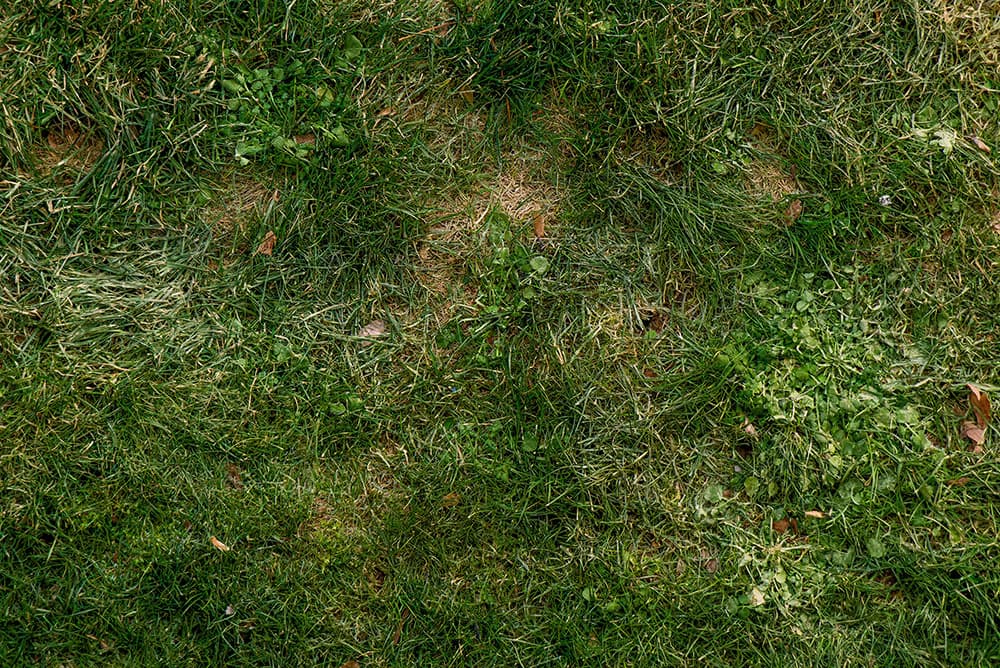
Common Lawn Diseases
Red Thread
Most common in damp, nutrient-poor lawns.
Symptoms: Pinkish-red fungal threads between grass blades, patchy, discoloured turf.
Prevention: Improve drainage, avoid excessive thatch build-up, and apply balanced nitrogen feed.
Fusarium Patch (Snow Mould)
Common in cool, damp conditions or poorly aerated lawns.
Symptoms: White, cottony patches on turf.
Prevention: Regular aeration, remove fallen leaves, and avoid late autumn nitrogen feeds.
Fairy Rings
Caused by soil-borne fungi disrupting nutrient availability.
Symptoms: Dark green rings or circles appear in the turf, sometimes accompanied by mushrooms.
Prevention: Improve drainage and aeration; scarify affected areas.
Dollar Spot
Symptoms: Small, pale circular patches in closely cut turf.
Prevention: Maintain balanced fertiliser programs, reduce surface moisture, and aerate compacted areas.
Prevention Strategies for Plant and Lawn Disease
Preventing plant and lawn disease is faster, cheaper, and more effective than dealing with outbreaks after they appear.
The most successful growers don't rely on last-minute treatments. They incorporate disease prevention into their daily routines and systems to maintain healthy stock and lawns in peak condition.
Plant Disease Protection
Crop Rotation
Avoid growing the same plant families in the same soil year after year. This limits the buildup of soil-borne pathogens, such as Clubroot and Fusarium.
Sanitise Tools and Equipment
Clean secateurs, knives, and propagation benches regularly to prevent the spread of fungal and bacterial plant diseases
Ventilation
Maintain airflow around plants to reduce humidity, one of the primary triggers for diseases such as Botrytis and Powdery Mildew.
Use Clean Growing Compost
Always use fresh, sterilised compost for seed sowing and propagation. Avoid reusing old media, as they may harbour fungal spores.
Irrigation Control
Water at the base of plants to prevent wet foliage dripping onto lower leaves, particularly if you water in the evening, as this increases the risk of overnight fungal infection.
Remove Infected Material Immediately
Don't compost diseased plant material - it can spread spores into growing areas, so you should bag and remove it from the site.
Lawn Disease Prevention
Aeration and Scarification
Regularly hollow-tine and surface scarify your lawn to improve drainage and reduce thatch buildup, which can help prevent lawn diseases such as Red Thread and Fusarium Patch.
Avoid Overwatering
Surface moisture encourages fungal problems. Water lawns deeply but less frequently to promote strong root systems.
Balanced Fertilisation
Maintain a consistent feed program. Lawns low in nitrogen are far more vulnerable to fungal problems, such as Red Thread.
Rotate Turf Repair Areas
When laying new turf or reseeding patches, rotate work areas and avoid reusing contaminated soil to prevent disease transmission.
Pro tip: Prevention isn't about expensive products but consistently applying simple systems. Most outbreaks of plant and lawn disease start because basic routines are overlooked.
Common Mistakes in Disease Management
While most outbreaks of plant and lawn disease can be controlled with prompt action and reliable prevention. You may be making these avoidable mistakes and causing unnecessary problems for your flora and fauna.
Overcrowding Plants: Dense planting reduces airflow and creates ideal conditions for fungal diseases. Always allow adequate spacing between plants, especially in greenhouse or polytunnel environments where disease thrives in warm, humid conditions.
Poor Ventilation: Stale, humid air accelerates the spread of airborne spores and bacterial infections. Maintain greenhouse vents and fans for good air quality.
Ignoring Early Signs: Waiting until the disease is widespread leads to hardship and significant expense. Daily plant health checks are essential.
Reusing Contaminated Goods: Old compost can harbour soil-borne pathogens, such as Clubroot and Fusarium. Always use fresh compost when propagating.
Neglecting Drainage and Aeration: Compacted, waterlogged turf in your lawn is a breeding ground for garden diseases like Fusarium Patch and Dollar Spot. Aerate regularly and manage surface moisture by scarifying and improving drainage.
Excess Nitrogen: High-nitrogen feeds on your lawn in late autumn promote soft, disease-prone growth, like Fusarium.
At LBS Horticulture, we know the most effective growing operations don't rely on last-minute solutions - they manage airflow, drainage, hygiene, and plant spacing year-round for active prevention.
UK gardeners and landscapers trust our professional-grade crop protection products, fungicides, turf treatments, and greenhouse supplies. If you're serious about controlling plant and lawn diseases, it pays to work with equipment and treatments designed for professional results. Contact us for any assistance, and we'll be happy to help.

